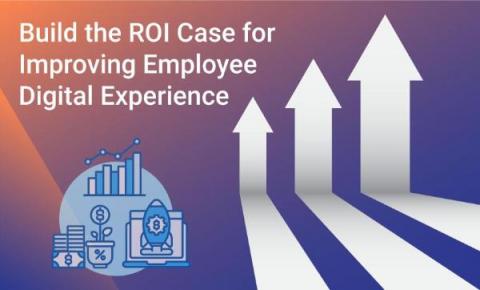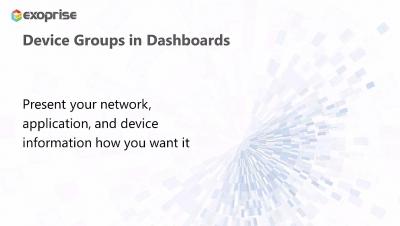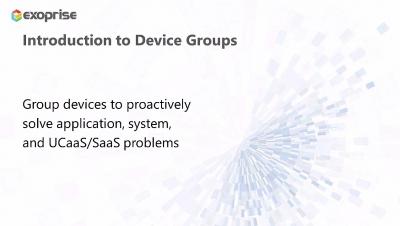Cisco AppDynamics innovations in DEM, agent management and SAP
Check out our new features: correlated network insights, solving agent management challenges and expanded support for SAP environments. Cisco AppDynamics has several leading observability feature additions to introduce this spring. Read on to learn more.











